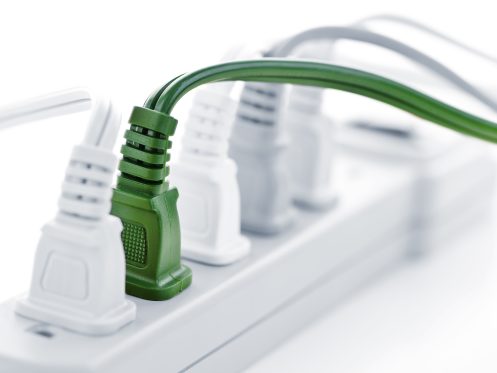Outdoor outlets come in handy when summer kicks off, but they also come with risks you don’t want to ignore. Whether you’re plugging in string lights or pool pumps, knowing how to use those outlets safely can prevent bigger headaches later. At GVEC Electrician Services in Austin, TX, we help homeowners avoid electrical hazards by making sure outdoor setups are safe, secure, and up to code.
Outdoor Outlet Safety Starts With Weatherproofing
If you plan on using outdoor outlets during the summer, you need to think about how they hold up in heat, rain, and dust. Check whether your outlets have weatherproof in-use covers, sometimes called “bubble covers,” that shield the plug and outlet even when something’s plugged in. These are essential for keeping moisture and debris out of the connection.
Without proper protection, rain can drip into the outlet and cause a short circuit. It’s also a good idea to inspect the outlet box and the surrounding wall or siding for cracks or soft spots. Water intrusion behind the outlet can cause hidden electrical damage or corrosion over time. Outlets exposed to repeated moisture are more likely to spark, fail, or trip the breaker. Keeping the outlet area dry is one of the simplest ways to prevent problems.
GFCI Outlets Keep You Safe Around Water
All outdoor outlets should be protected by a ground-fault circuit interrupter (GFCI). These are designed to cut off power instantly if they detect current leaking to ground, which can happen if water comes into contact with your devices or wiring. GFCI outlets typically have “test” and “reset” buttons on the faceplate.
Test your GFCI outlets several times a year, especially before summer. Press the test button to confirm that the power shuts off, then press reset to restore it. If the outlet doesn’t respond or won’t reset, it’s time to call for a replacement. Without GFCI protection, using electricity near sprinklers, pools, or wet patios can quickly become dangerous.
Don’t Overload a Single Outlet With Summer Gear
It’s easy to overdo it during the summer. String lights, bug zappers, outdoor fans, power tools, and chargers all add up. Plugging too many items into one outlet or daisy-chaining extension cords can lead to circuit overload, causing overheating and fire risk behind the scenes.
If you notice flickering lights, warm plugs, or breakers tripping when you turn things on, it’s a sign the circuit is overworked. Spread devices across multiple outlets, and avoid turning extension cords or power strips into permanent solutions. Remember, a power strip doesn’t increase an outlet’s capacity; it just increases the number of items drawing from it.
If you need more capacity, it’s safer to have additional outdoor-rated outlets professionally installed.
Avoid DIY Electrical Work for Outdoor Outlets
It might be tempting to fix or install an outdoor outlet yourself, especially if you’ve done minor electrical work before. But outdoor wiring requires special components, including weatherproof boxes, gaskets, conduit, and proper grounding. You also have to be cautious of existing circuit load and GFCI requirements.
Even a small mistake, like using indoor components outside or reversing polarity, can create long-term fire or shock risks. If you notice buzzing, discoloration, or a tingling sensation when touching the outlet, stop using it and call a licensed electrician immediately. Outdoor electrical work should always meet local code and safety standards to protect your home and family.
Figure Out Your Summer Plug-Ins Today
Outdoor outlets can be a huge help in the summer, but only if they’re installed and used the right way. At GVEC Electrician Services, we offer residential electrical and commercial electrical inspections, outlet upgrades, and outdoor-safe wiring solutions to help homeowners enjoy safe, reliable power all season long. Whether you’re planning a backyard setup or just want peace of mind, call GVEC Electrician Services today.



